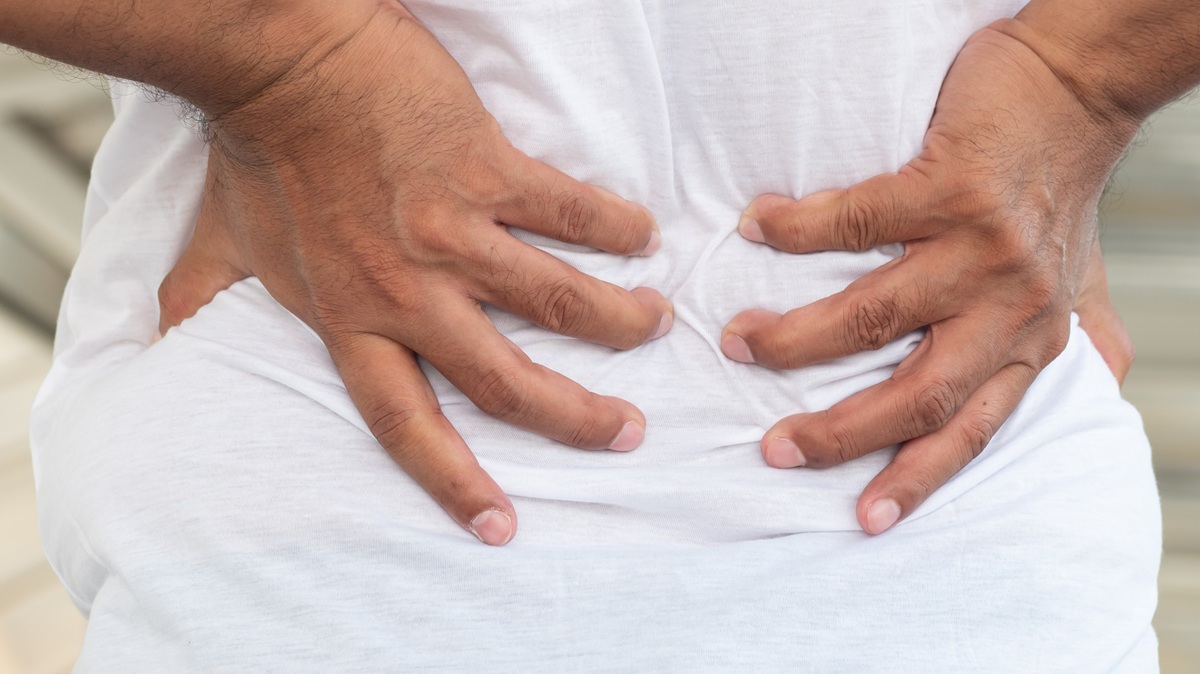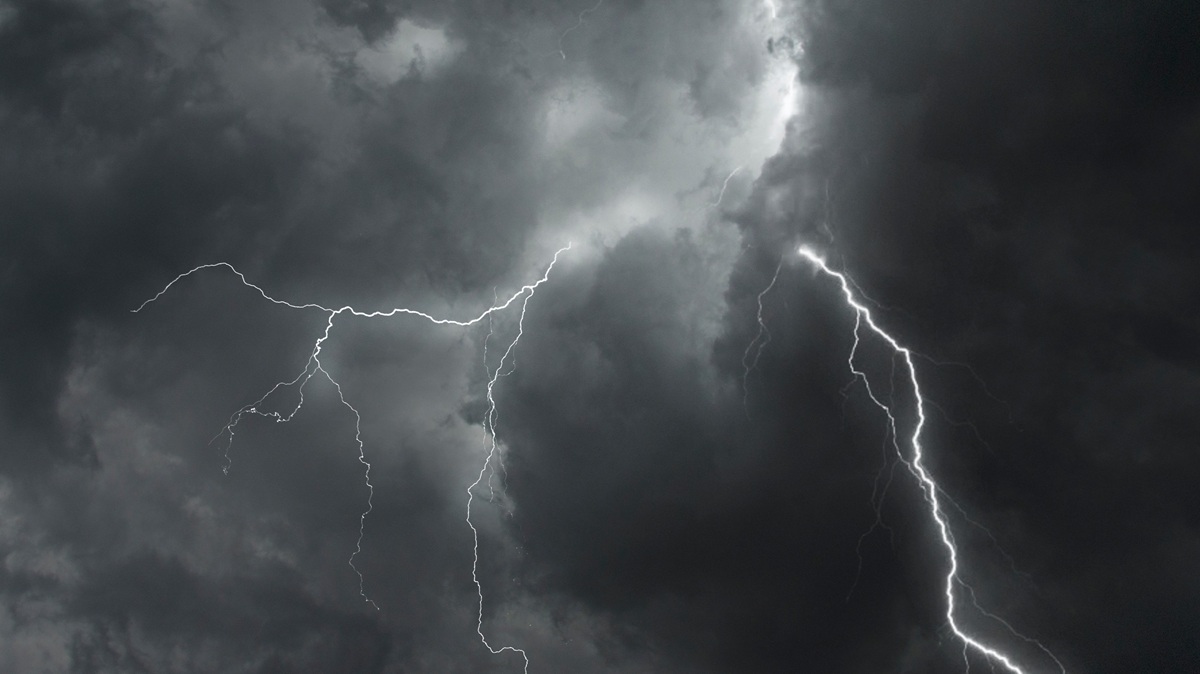Construction is a physically demanding job, and the physical demands can place stress on the body. The physical stresses can result in sprains and strains to the muscles and ligaments. Sprains and strains account for about a third of injuries in construction.
Strain vs. Sprain
A strain is an injury to either a muscle or a tendon, the tissue that connects muscles to bones. Back injuries are the most frequent strains. Depending on the severity of the injury, a strain may be a simple overstretch of the muscle or tendon, or it can result in a partial or complete tear.
A sprain is an injury to a ligament, the tough, fibrous tissue that connects bones to other bones. Sprain injuries involve a stretching or a tearing of the ligament.
Minimizing the Chances of Strains & Sprains
- When you are lifting, maintain a good position. A good position means keeping the item being moved or lifted close to the center of your body (waist and midsection). The farther the item being lift is from the center of the body (above the head and neck or below the knees), the greater the risk of a strain.
- Don’t be foolish. Know your limit. Get help from another person or a piece of equipment.
- Avoid twisting. Always turn your whole body when you’re changing direction while carrying a heavy object.
Recovery
You have to allow your body to recover from the stress you place on it.
- Rest – a person needs seven to eight hours of sleep a day for sufficient recovery.
- Nutrition – your body needs a proper supply of protein to allow for recovery. Poor nutrition can slow down your recovery, and some foods can create additional inflammation.
- Notice warning signs – pain is your body’s indicator, if you ignore pain, it’s more likely an injury will become worse.
- Do not self-diagnose – some self-treatment methods like Rest-Ice-Compress-Elevate (RICE) are outdated. See the correct person within your company to direct you to proper medical care.








